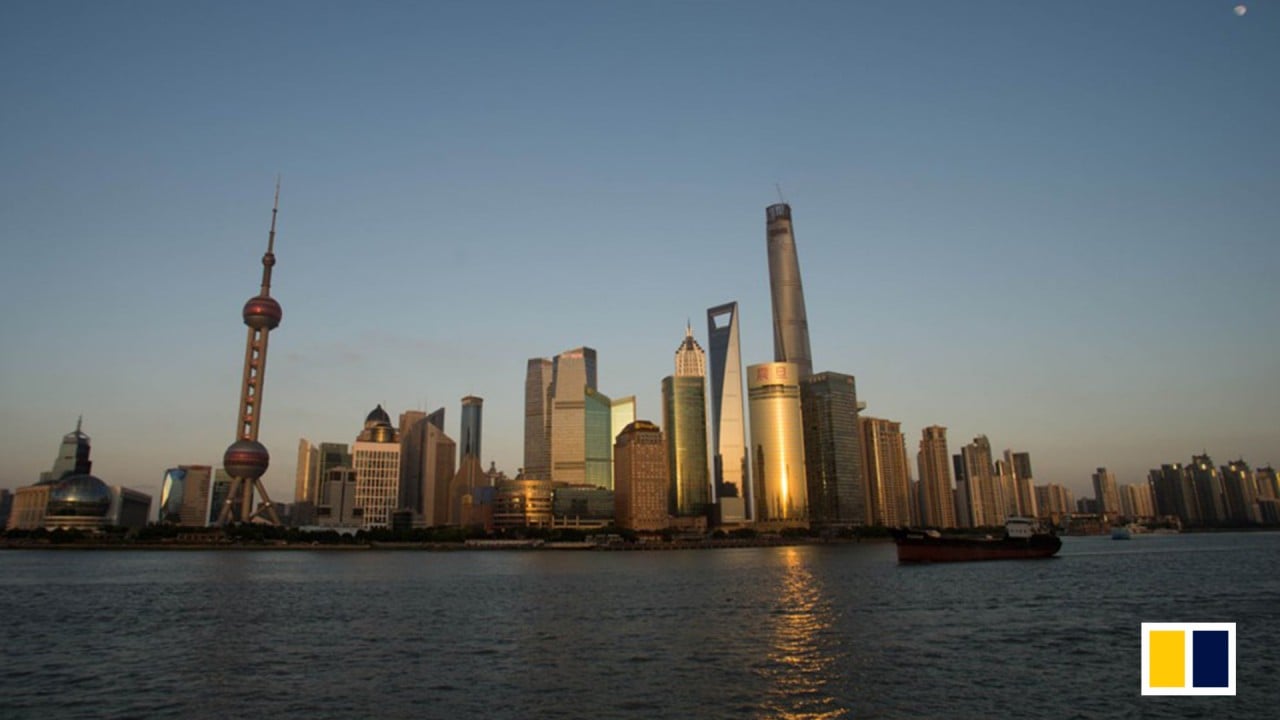Could Evergrande, which owed US$104.1 billion at the end of last year, collapse like HNA Group?
- Concerns mount after provincial government speaks to developer about diluting Evergrande’s controlling stake in regional bank
- Reports of banks rejecting IOUs issued by Evergrande to suppliers go viral on Chinese social media

“What worries us is the possibility that Evergrande has just reported the tip of the iceberg [as far as its mounting debt is concerned],” said Zhou Chuanyi, a credit analyst with Singapore-based Lucror Analytics. “At this moment, Evergrande will not be able to sell any new offshore bonds, and what’s worse is that if the biggest property firm crashes, investors might just lose confidence and interest in the entire sector,” she added.
Concerns about Evergrande have mounted of late after Chinese media outlet Caixin reported last week that the government of China’s northeastern Liaoning province had spoken to the developer about introducing state capital into a regional bank to dilute Evergrande’s controlling stake.
The three red lines, outlined last August, represent three different limits on borrowing – a liability-to-asset ratio excluding advanced receipts of 70 per cent, net debt-to-equity ratio of 100 per cent and cash to short-term debt ratio at one time. Evergrande is the only top-10 Chinese developer in breach of all three limits and is barred from adding any new debt.
